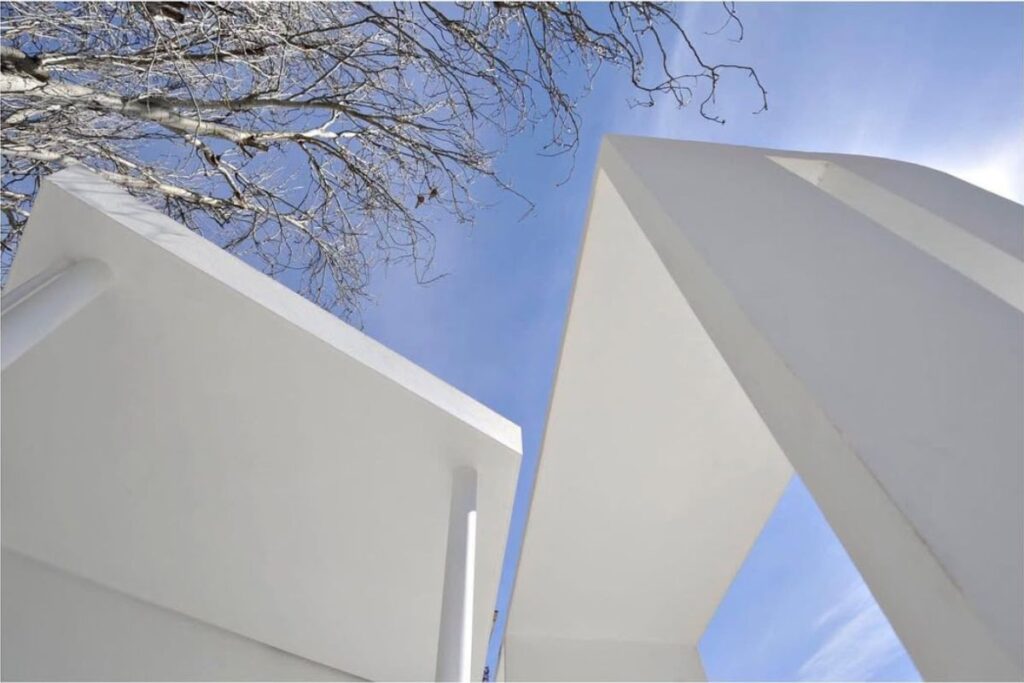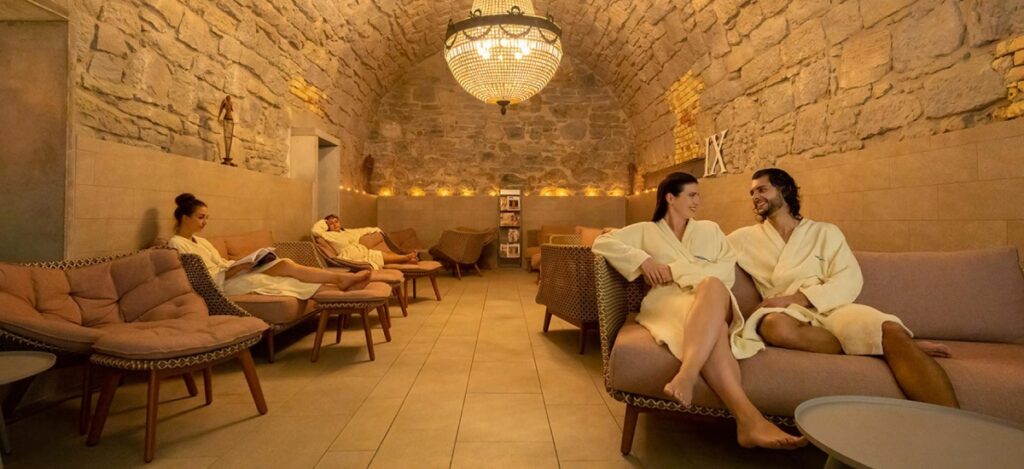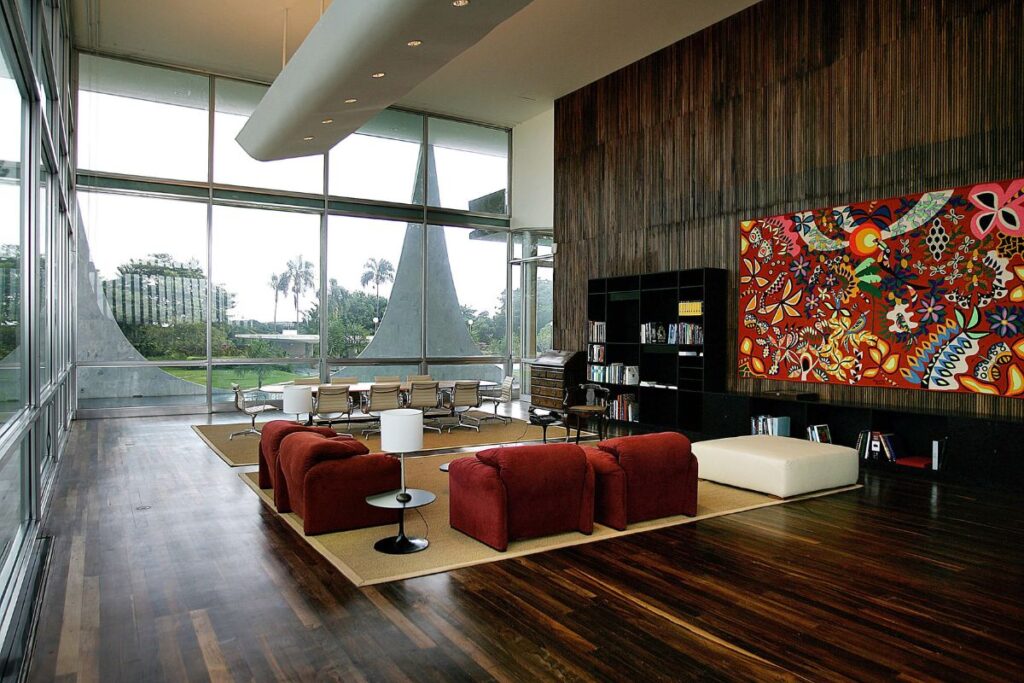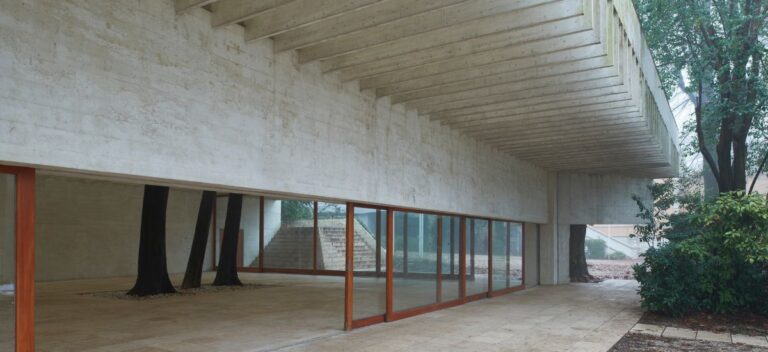Le Corbusier Modernism was never confined to Europe. When his theories crossed the Atlantic, they collided with restless Latin-American ambitions. Architects in Argentina and Brazil saw in his pilotis, ribbon windows and roof gardens tools for forging new identities.
From the leafy avenues of La Plata to the humid streets of Rio, these nations became living laboratories. They tested concrete’s flexibility, retuned urban utopias and produced buildings that now define regional modernism.














